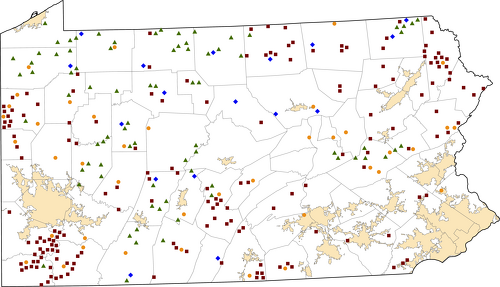Pennsylvania
State Office of Rural Health
Pennsylvania Office of Rural Health
Phone: 814.863.8214
Email: porh@psu.edu
view details
Pennsylvania Nonmetro Population
12,986,518
Estimated population
1,768,332
(13.6%)
People living in nonmetro areas
Pennsylvania Rural Healthcare Facilities
17
Critical Access Hospitals
0
Rural Emergency Hospitals
79
Rural Health Clinics
169
Federally Qualified Health Centers*
40
Short Term/PPS Hospitals*
*Sites according to data.HRSA.gov (July 2025), showing only locations outside of
U.S. Census
Bureau Urban Areas with a population of 50,000 or more
Last Updated: 9/11/2025
Last Reviewed: 4/10/2024



Selected Social Determinants of Health for Rural Pennsylvania